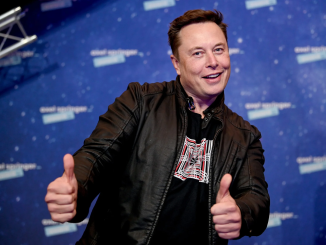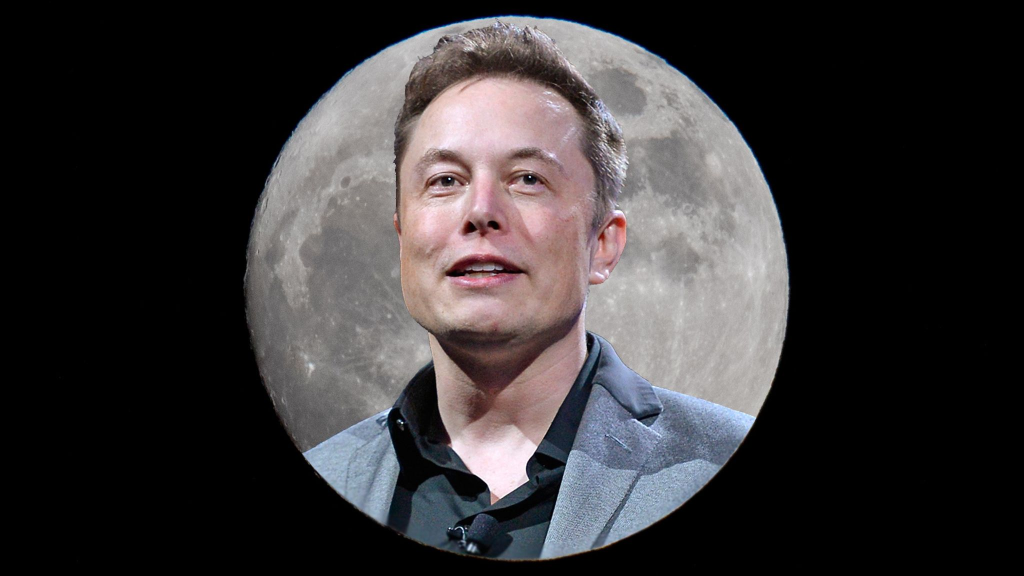
Elon Musk’s ambitions have always extended far beyond the confines of Earth. As the founder of SpaceX and Tesla, Musk has pushed the boundaries of what is possible, from launching reusable rockets to creating the world’s leading electric vehicle company. However, one of Musk’s early, lesser-known visions for humanity’s future in space was the creation of a base on the Moon.Before focusing his attention on Mars as the ultimate destination for human colonization, Musk saw the Moon as the first step toward establishing a sustainable human presence beyond Earth. His plan involved creating a solar-powered, self-sustaining habitat on the lunar surface, which would serve as a foundation for future space missions. While this concept never materialized, it offers a glimpse into Musk’s long-term vision for humanity’s future in space.In the early 2000s, Musk began to see the Moon as an essential part of humanity’s journey into space. At the time, Musk was still working on establishing SpaceX, but his broader ambitions were already taking shape. Musk envisioned the Moon not just as a destination in itself, but as a stepping stone for further exploration of the solar system.The idea was to build a sustainable, solar-powered habitat on the lunar surface—an outpost that could support human life and serve as a springboard for more ambitious missions deeper into space. The base would serve as a testing ground for technologies and systems that would be needed for future missions to Mars and beyond.The concept of a lunar base aligned with Musk’s larger vision of making humanity a multi-planetary species. He has repeatedly emphasized the importance of reducing Earth’s dependence on single-planet survival and the necessity of expanding humanity’s presence in space. Musk has long argued that in the face of existential threats—whether natural disasters, environmental collapse, or technological risks—the survival of humanity can only be ensured by spreading human life across multiple planets.
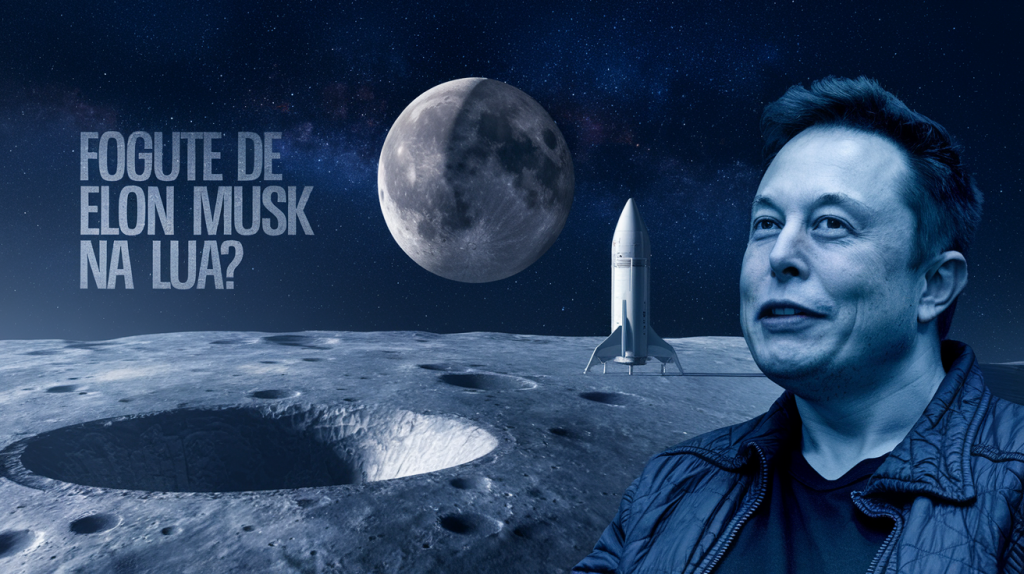
To this end, he has worked tirelessly on making space travel more affordable and accessible, with the ultimate goal of colonizing Mars. Musk’s vision for a lunar base, however, was about more than just technology; it was about securing humanity’s future by taking the first steps toward a permanent off-Earth presence.One of the primary reasons Musk considered the Moon as a starting point for human colonization was its proximity to Earth. Unlike Mars, which is millions of miles away, the Moon is just 238,855 miles from Earth, making it a more accessible location for establishing a base.The Moon also has resources that could potentially support human life, including water ice in permanently shadowed craters, which could be converted into drinking water and oxygen. These resources could help reduce the need for costly resupply missions from Earth. Musk’s lunar base idea included the concept of using solar power to meet the energy needs of the base, as the Moon’s surface is constantly exposed to sunlight during the lunar day, providing a reliable source of energy.Building a lunar base would have required significant advancements in space technology, but Musk was undeterred. He saw it as a necessary precursor to more ambitious goals, including the colonization of Mars. In many ways, the Moon was the perfect testing ground for the technologies needed for long-term space exploration.A sustainable base on the Moon could have allowed scientists and engineers to develop life support systems, closed-loop environmental systems, and autonomous construction techniques that would later be used on Mars. The lunar base would serve as a real-world laboratory for testing out the challenges of living and working in space, preparing humanity for its next giant leap.

While Musk’s lunar base vision never came to fruition, it wasn’t for a lack of effort. SpaceX focused on developing its rocket technology, which Musk saw as the key to making space travel more affordable and accessible. The company’s work on the Falcon rockets, particularly the Falcon Heavy, was part of Musk’s broader goal of reducing the cost of space exploration, which would be essential for a sustainable lunar base.At the same time, SpaceX worked on developing the Starship program, which Musk hopes will one day take humans to Mars. The development of reusable rockets was a critical step in making the Moon and Mars more accessible, but the lunar base itself was a project that would require a more dedicated focus, collaboration with other space agencies, and years of research and development.While Musk has shifted his focus toward Mars in recent years, the idea of a lunar base remains an integral part of his long-term vision for space colonization. In fact, NASA’s Artemis program, which aims to return humans to the Moon by 2025, has rekindled interest in establishing a permanent human presence on the lunar surface.SpaceX’s involvement in the Artemis program, particularly with the Starship rocket, is a step toward realizing the Moon base concept. If successful, this program could lay the groundwork for future lunar settlements and space exploration. Musk has always viewed the Moon as an important first step, and the success of the Artemis program could pave the way for Musk’s vision of a thriving, sustainable human colony on the Moon.
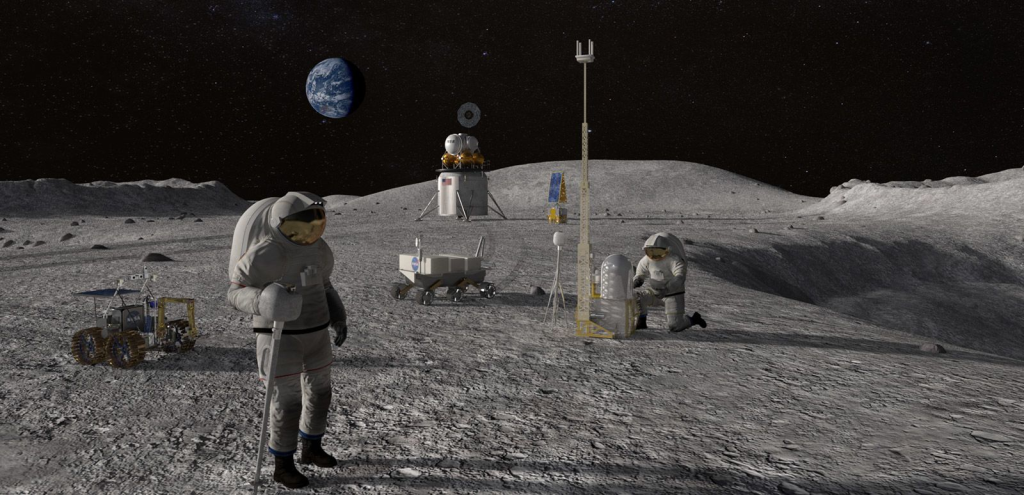
Musk’s goal of making humanity a multi-planetary species has always been about more than just sending humans to Mars. It’s about creating a sustainable infrastructure for space exploration, where humanity can thrive on multiple planets. While Mars remains Musk’s ultimate goal, the Moon is an important piece of the puzzle.The Moon offers unique advantages as a testing ground for technologies that will be necessary for Mars, such as life support systems, energy generation, and resource utilization. Musk’s early focus on the Moon reflects his pragmatic approach to achieving his long-term goals. By starting with the Moon, Musk could lay the foundation for Mars colonization while simultaneously addressing the challenges of living in space.Musk’s original concept for a lunar base, while never fully realized, was a bold and forward-thinking vision. It represented an early step in his broader ambition to make space travel and interplanetary colonization a reality. The Moon, with its proximity to Earth and available resources, provided the perfect place to test the technologies and systems needed for sustainable living beyond Earth.Even though Musk has since turned his attention to Mars, the lunar base concept continues to influence his approach to space exploration. The idea that humanity could one day live on the Moon is no longer a distant dream—it’s becoming an achievable goal as both public and private space programs work toward making it a reality.
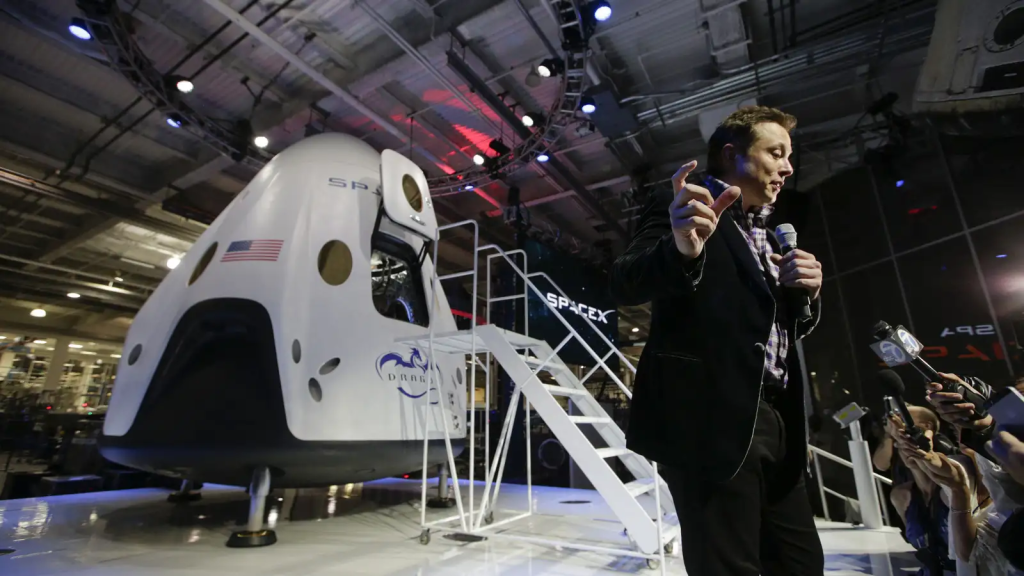
Musk’s interest in the Moon and his vision for human settlement on Mars are part of a larger philosophical view that space exploration is essential for the long-term survival of humanity. He has long argued that Earth, as a single-planet species, is vulnerable to extinction events, whether from natural disasters, environmental collapse, or technological risks.Colonizing Mars, and potentially the Moon, offers humanity a way to ensure its survival and expand its reach into the cosmos. Musk’s vision for a multi-planetary future is a testament to his forward-thinking approach and his desire to ensure that humanity continues to thrive in the face of global and existential challenges.In conclusion, Elon Musk’s vision for a lunar base, though it never fully materialized, offers valuable insight into his long-term goals for human space exploration. The idea of building a sustainable habitat on the Moon as a stepping stone for further space exploration reflects Musk’s belief that humanity must take bold, strategic steps toward becoming a multi-planetary species.While Musk has shifted his focus toward Mars, the Moon remains a critical part of his plan, providing the testing ground for the technologies and systems that will one day enable humanity to live and thrive beyond Earth. Musk’s vision for the Moon, once a far-off dream, now seems like a possible future—and a necessary one.
